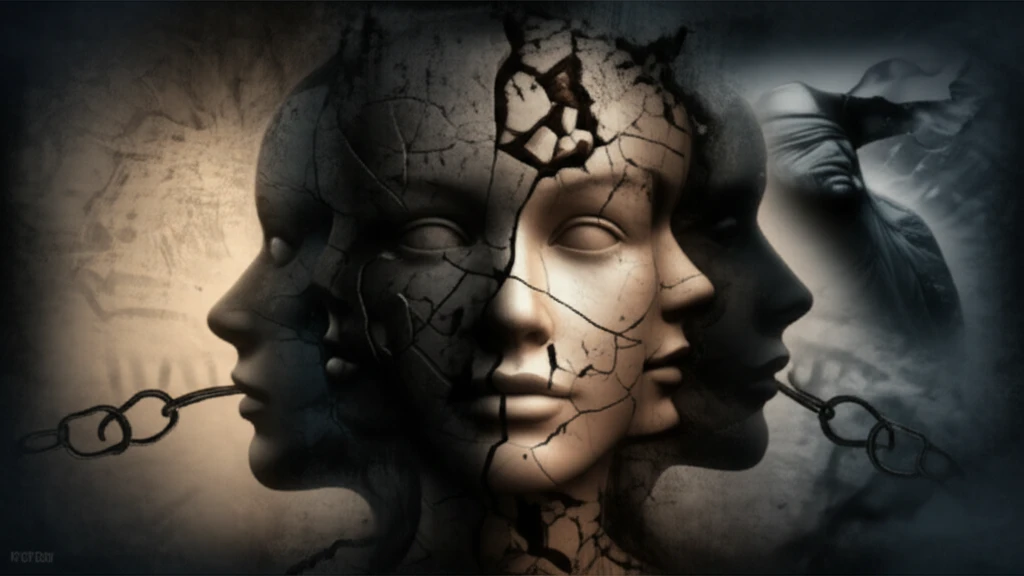
Decoding the Cult Mind: How Object Relations Theory Unveils the Secrets of Influence
"Understanding the Psychology Behind Cult Membership: A Deep Dive into Object Relations and Defensive Operations"
The allure of a charismatic leader, the promise of belonging, and the quest for meaning—these are often the initial draws that lead individuals to the threshold of a cult. But what happens once they cross that line? How do these groups exert such profound influence, often leading members to abandon their autonomy and embrace a new reality? The answer lies in understanding the complex interplay of psychological factors at play.
This article delves into the fascinating intersection of object relations theory and the psychology of cult membership. Object relations theory, developed by Otto Kernberg, provides a framework for understanding how early childhood experiences shape our internal representations of others, influencing our relationships and behaviors throughout life. We'll explore how cults exploit these internal dynamics, triggering primitive defensive operations that can lead to profound changes in a member's personality and worldview.
By examining the tactics cults employ and the psychological vulnerabilities they target, we aim to shed light on the often-puzzling behaviors of cult members. This article will also equip you with a deeper understanding of the mechanisms that can make individuals susceptible to manipulation and control, helping you recognize these patterns in yourself and others.
The Object Relations Framework: Understanding Our Internal Worlds

Object relations theory posits that our early interactions with caregivers shape our internal world, creating mental representations of ourselves and others, known as "objects." These internal objects influence our relationships and behaviors throughout life. When these early interactions are fraught with conflict or trauma, it can lead to difficulties in forming healthy relationships and managing emotions.
- Splitting: Dividing the world into "us" (good) and "them" (bad), creating an "us vs. them" mentality.
- Primitive Idealization: Uncritically accepting the leader as perfect and infallible.
- Denial: Refusing to acknowledge any flaws or negative aspects of the cult or its leader.
- Omnipotence: Believing in the group's or leader's extraordinary power and ability.
- Projective Identification: Attributing one's own negative feelings or impulses to others within the group.
Empowerment Through Knowledge: Protecting Yourself and Others
By understanding the psychological dynamics at play within cults, we can equip ourselves with the knowledge and tools to recognize and resist manipulation. This article offers valuable insights for those seeking to understand the complex phenomenon of cults. By recognizing the tactics employed and the vulnerabilities targeted, individuals can strengthen their defenses and make informed choices. This knowledge can also be a powerful resource for supporting those who have been affected by cults, helping them to heal and rebuild their lives.
